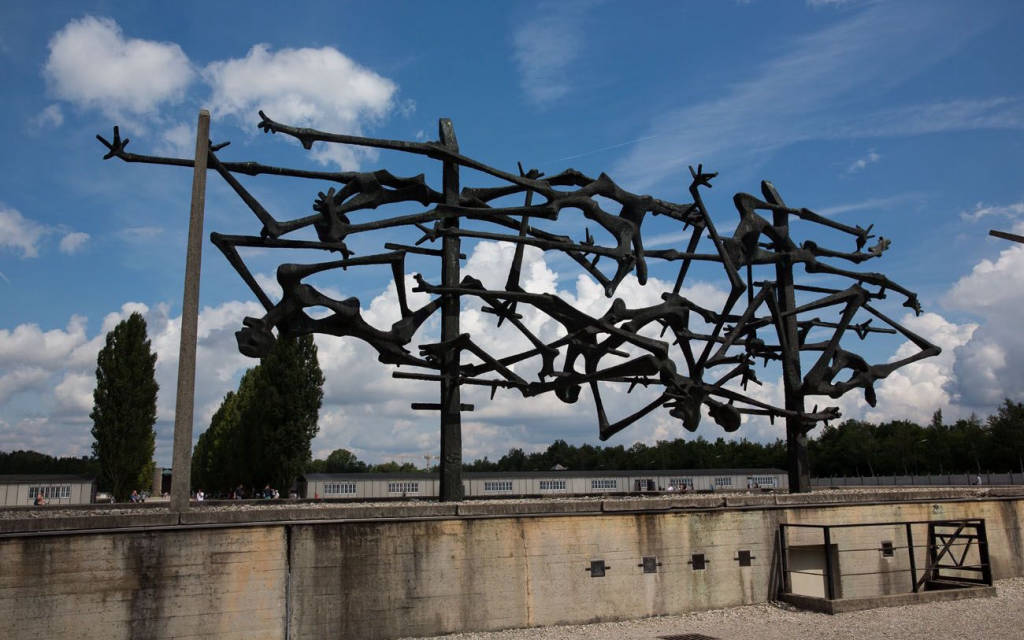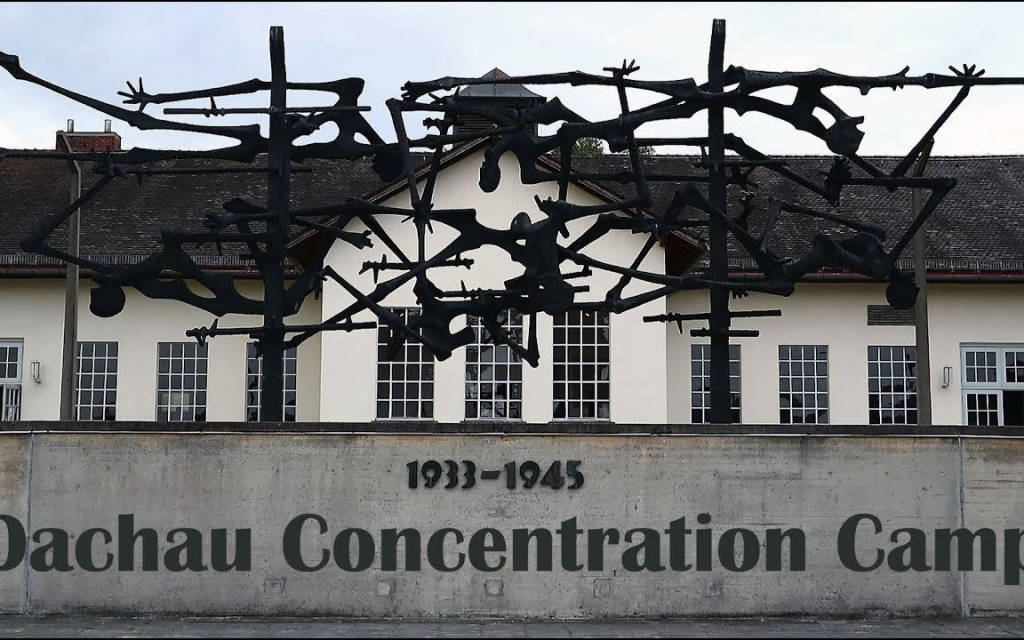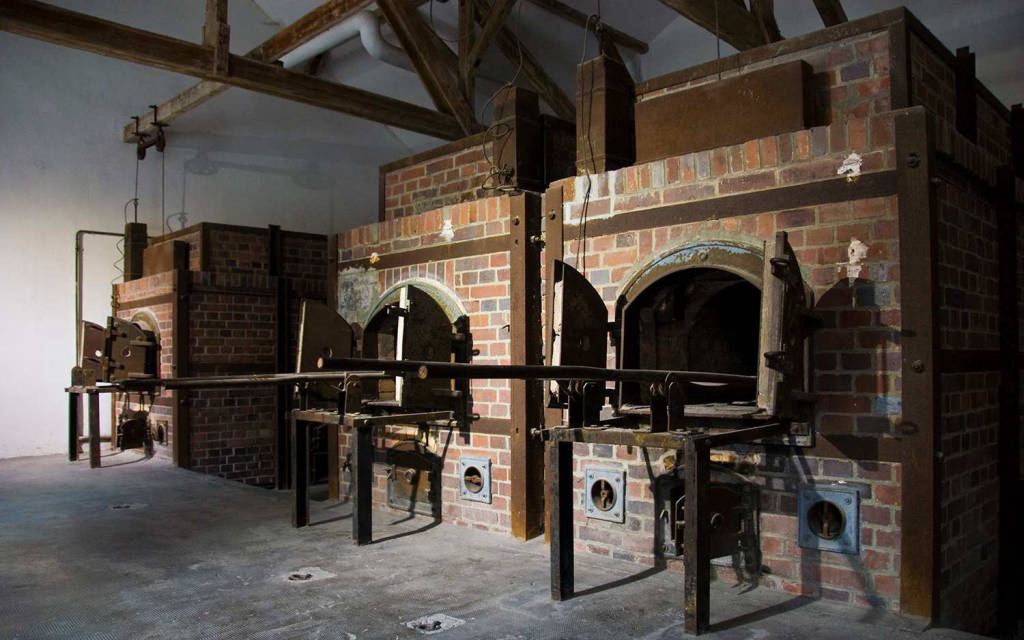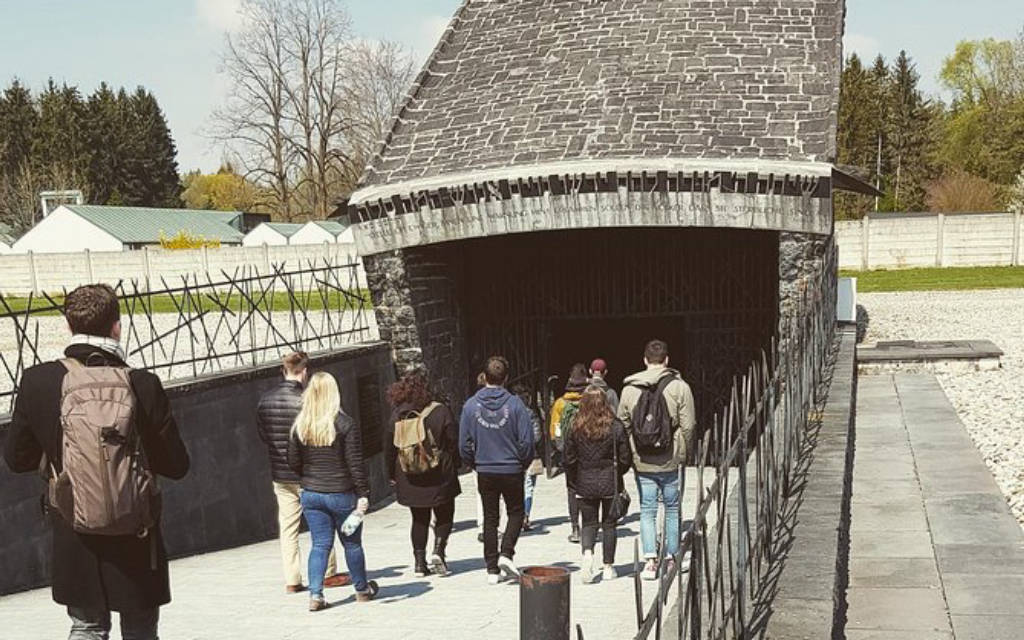On 22 March 1933, a few weeks after Adolf Hitler was appointed chancellor, a concentration camp for political prisoners was established at Dachau, 16km northwest of Munich. This was the first camp in Germany and a model for all subsequent concentration camps under the Nazi regime. In its 12 years of existence, more than 200,000 people have been imprisoned here, including Jews, communists, political dissidents, resistance fighters, writers, priests and members of the Bavarian royal family. About 41,5000 people were murdered here. The memorial site at the camp was established in 1965 by survivors. It includes veterans representing the different faiths persecuted at Dachau and a permanent exhibition of the first prisoners at the Concentration Camp. Dachau can be reached by an S-Bahn and a short bus ride from Munich.
- What to do in Dachau? Take a guided tour where you'll spend 3 hours at the Memorial and be given historical context by your guide. All camp sites will be mentioned with historical context given, including barracks, crematorium and gas chamber, underground punitive torture chamber, and maintenance building. Visitors will also have time to visit museum exhibits.
- What to eat in Dachau? While Dachau will forever be overshadowed by its concentration camps, the town has a long and important history prior to the Third Reich. The 16th-century Schloss Dachau (Dachau Castle) is a former Bavarian royal residence set in beautifully landscaped gardens, with a restaurant and sun-drenched courtyard.
- Enjoy a drink at Dachau? With only 28 seats, Weinraum combines a cozy atmosphere with a sophisticated color palette. The restaurant offers excellent selections of Austrian and Italian wines, along with a delicious lunch menu.
- If you only have a very short time in Dachau? Take a moment to look up at Yugoslavian sculptor Nandor Glid's memorial sculpture, a haunting work of skeletal shapes and barbed wire. Glid considers the Dachau memorial the most important work of his career, in memory of his parents, who died at Auschwitz.
 Register
RegisterSign in Travel Agent
Sign in Supplier
Sign in Affiliate
Sign in Guru









 85221 Dachau, Germany
85221 Dachau, Germany